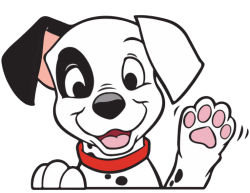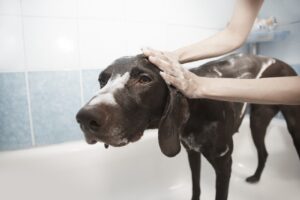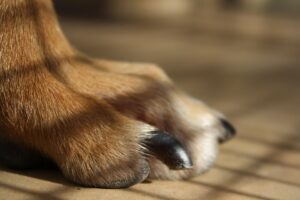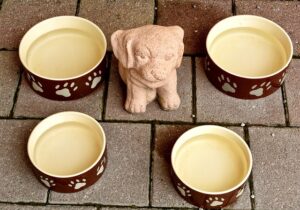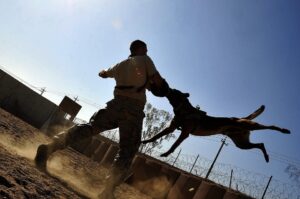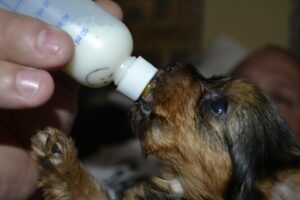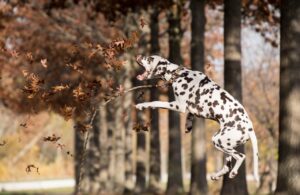
Our furry friends rely heavily on their paws to explore the world, and as pet parents, it’s essential to ensure their paws are in optimal health. Proper paw care not only prevents potential health issues but also contributes to a dog’s overall well-being and happiness. This article delves into the comprehensive care routine needed for maintaining healthy, happy paws.
Understanding the Importance of Paw Care
Dog paws are complex structures that include bones, tendons, ligaments, skin, and nails. Each component plays a crucial role in mobility, balance, and protection. Without proper care, paws can become susceptible to injuries, infections, and other health issues.
Regular Paw Inspections
Conducting regular inspections is the first step in a successful paw care routine. Examine your dog’s paws weekly for signs of injury, infection, or abnormalities. Look for cuts, swelling, redness, or foreign objects lodged between the toes.
What to Look for During Inspections
- Cracks and cuts: Small injuries can lead to bigger issues if not treated promptly.
- Foreign objects: Remove debris like small stones, glass, or thorns carefully.
- Signs of infection: Redness, swelling, or discharge could indicate an infection.
- Nail condition: Check for overgrown or broken nails.
Paw Cleaning Routine
Keeping your dog’s paws clean is vital for preventing infections and discomfort. Here’s how to effectively clean them:
Step-by-Step Cleaning Process
- Prepare a Cleaning Solution: Use a mild dog-friendly shampoo mixed with warm water.
- Soak the Paws: Gently place each paw into the solution, ensuring it reaches between the toes and pads.
- Scrub Gently: Use a soft cloth or brush to remove dirt and debris.
- Rinse Thoroughly: Ensure all shampoo is washed away to prevent irritation.
- Dry the Paws: Pat the paws dry with a clean towel, paying special attention to the areas between the toes.
Nail Trimming
Nail trimming is a crucial aspect of paw care that prevents discomfort and injury. Overgrown nails can cause pain, affect a dog’s gait, and lead to joint issues over time.
How to Trim Your Dog’s Nails
- Choose the Right Tools: Use a high-quality dog nail clipper or grinder.
- Identify the Quick: The pink area within the nail, known as the quick, should not be cut as it contains blood vessels and nerves.
- Trim Small Amounts: Gradually trim the nail in small sections to avoid cutting the quick.
- File Rough Edges: Use a nail file to smooth any sharp edges post trimming.
Paw Pad Care
Paw pads act as shock absorbers for your dog. They require special attention to remain healthy and soft.
Moisturizing Paw Pads
- Use Paw Balms: Apply a dog-safe balm regularly to prevent dryness and cracking.
- Avoid Human Products: Human moisturizers can be harmful to dogs; always use products specifically designed for pets.
- Monitor Temperature: Hot pavement or cold ice can damage paw pads; ensure surfaces are safe for your dog’s paws.
Protective Measures for Paws
In addition to routine care, taking protective measures can prevent paw injuries and infections.
Using Dog Boots
Dog boots are an excellent way to protect paws from extreme temperatures, sharp objects, and rough terrain.
- Choose the Right Size: Ensure a snug fit to prevent the boots from slipping off.
- Gradual Introduction: Allow your dog to get used to wearing boots at home before venturing outside.
Environmental Awareness
- Check Surfaces: Always ensure that walking surfaces are safe and free from hazards.
- Be Cautious with Chemicals: De-icers, fertilizers, and other chemicals can be harmful; wipe your dog’s paws after exposure.
Addressing Common Paw Problems
Despite best efforts, dogs can still encounter paw problems. Understanding common issues and their remedies is essential.
Allergic Reactions
Allergies can cause itching and discomfort. Consult your vet for appropriate treatments like antihistamines or dietary changes.
Infections
Infections can arise from untreated wounds or foreign objects. Signs include swelling, redness, and pus. Seek veterinary care for appropriate treatment, which may include antiseptics or antibiotics.
Paw Pad Burns
Hot surfaces can burn paw pads, causing pain and blistering. Cool the paws with water and consult your vet for further treatment.
Conclusion
Implementing a thorough paw care routine is a crucial aspect of responsible pet ownership. Regular inspections, cleaning, nail trimming, and protective measures will keep your dog’s paws healthy and happy. By prioritizing paw care, you ensure your furry friend can continue to explore the world comfortably and joyfully. Always consult your veterinarian if you notice any unusual symptoms or have concerns about your dog’s paw health.
#ChatGPT assisted in the creation of this article.
